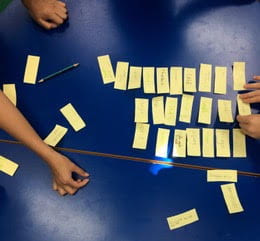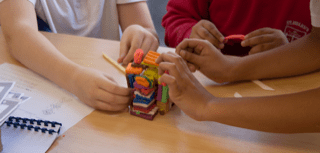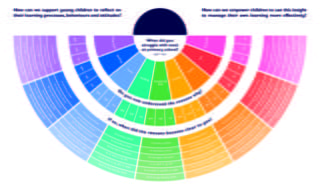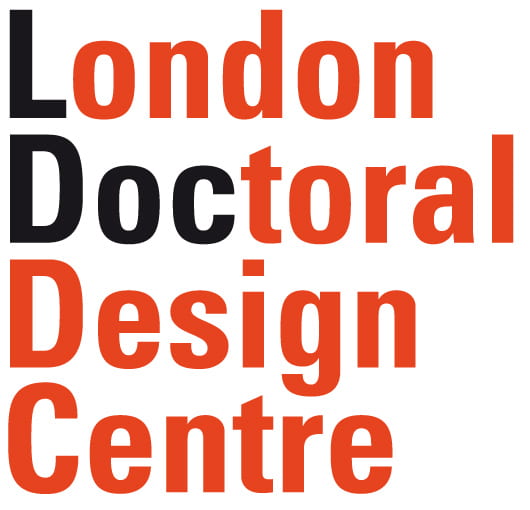I recently attended 3 days of training at Huntington Research Schools on ‘Metacognition and Self-regulated learning’, based on the new guidance report published by the Education Endowment Foundation.
The training was very effective in developing my understanding of the process and role of metacognition in learning in much more detail.
However, perhaps one of the most valuable aspects of the 3 days was the regular discussion with teachers about the practice of these methods in their own classrooms.
It was a very helpful reminder of the potential gap between theory and practice.
 .
.
Having previously been a classroom teacher, I realised that I often (incorrectly) take as given that I now read and understand education and learning theory through the lens of a practitioner. It is tempting to want to find neat, definite, ‘right’ answers in the literature; diagrams and tables that sum up mental processes and conceptualise aspects of learning as if they existed in isolation in a brain independently of other thoughts, feelings, emotions and sensitivities to its environment.
In reality, of course, this is not the case.
The reality is complex and messy.
Learning is complex, people are complex, and research itself is complex.

The exciting thing about practice-based design research is the opportunity to cycle between understanding the theory, and using practice to observe, test and probe real-life contexts in order to challenge and apply this understanding in a meaningful way.
The process of navigating this complexity is a core part of what one of my lecturers referred to recently as ‘doctoral thinking’; the process of becoming less intimidated by this complexity, of actively engaging with it, interrogating it, making sense of it, and perhaps above all realising that it is infinite and is the nature of research at doctoral level.

